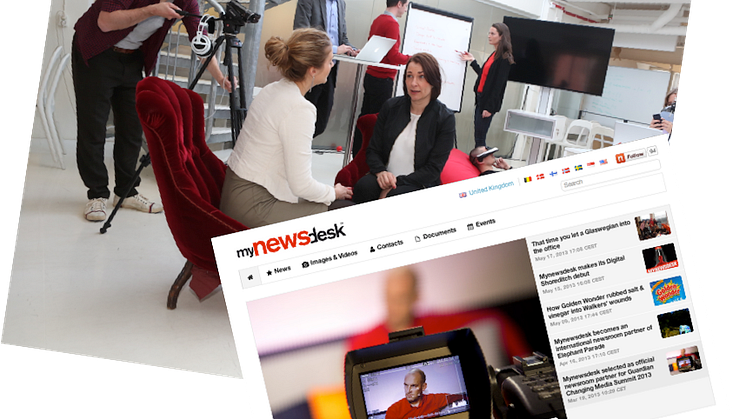
Blog post -
Global news consumption and what this entails for PR
It’s a well known fact that news media outlets are haemorrhaging money due to the decline in ad revenue. However, traditional, well established media brands are still the prime market drivers as consumers will always love good quality, well written news.
A recent survey by YouGov which was conducted in Denmark, Brazil, France, Italy, Japan, Spain, Great Britain, Germany and USA has revealed that online versions of traditional, well established media outlets are the preferred ways in which consumers access news and current affairs.
63% of respondents said they prefer to receive news online from established media brands, 20% from online sites of TV channels and only 8% from independent websites. Surprisingly, only 9% said they trust news from social media and blogs.
The survey also revealed that Denmark has the largest population of online news lovers with 90% stating this is their prefered method of finding out the latest news, compared to the likes of the USA with 78% and Italy with only 58%.
Echo the news
From a PR perspective these findings highlight the importance of developing all of your communications with a relevant news focus. For example, the number of weekly news items more than doubled between 1999 and 2008 according to one study, and I’m confident this number has doubled at least once more since then. Not only that, the study has also revealed that about every third news item is picked up by another media source.
How can you echo current news trends?
News has tended to become “lighter,” more focused on funny and revealing pictures and events.
Somehow we are back to one of the basic demands in communication; be current.
News is only news when it is current - and relevant to the media - and thereby newsworthy for the readers.
Good news spreads fast
It is well known that your brand’s position in generic searches is raised when you have been mentioned in the media and this will in turn, also be reflected in social media too.
The route to being mentioned in the news is now primarily through the branded traditional media’s online sites (55%), search engines (30%) and social media (22%).
This truly reveals the importance of gaining media coverage and also in having your press materials online, enabling consumers and journalists to find more in-depth and specific information about your brand. Therefore, the PR professionals who can provide relevant information from an online platform will win the race for the consumers’ interest.
However, the frequency in which news is shared varies dramatically in different countries. In Denmark only 13% of news is shared via social media, 33% in Italy and 22% in the US.
The same is true when it comes to comments on online news articles with only 8% of Germans, 21% of Americans and 26% of Italians stating that they do so.
PR is not just about press
We must get back to the basics of communications. Your story must be relevant to the specific consumer, it must be interesting or valuable and it must have the qualities of liquid storytelling. Making sure that you keep this in mind when you are creating content means you will be positively contributing to the online community of which you are a part of, resulting in your content being shared.
So today’s PR demands are not just about focusing on the press. You must ensure that all of your important information is available online and easily accessed by journalists and by those who are interested in your brand. However, at the same time, you must develop strong and engaging stories that people will want to share on social media.
by Kirsten Dinesen, CEO of Danish PR agency Front-Page.
Image courtesy of bplanet via FreeDigitalPhotos.net





